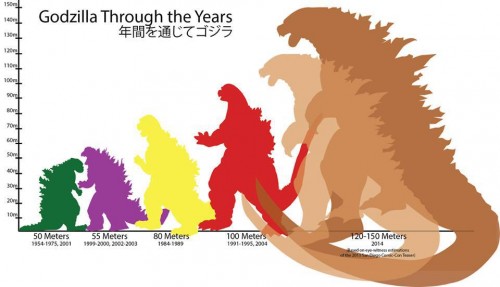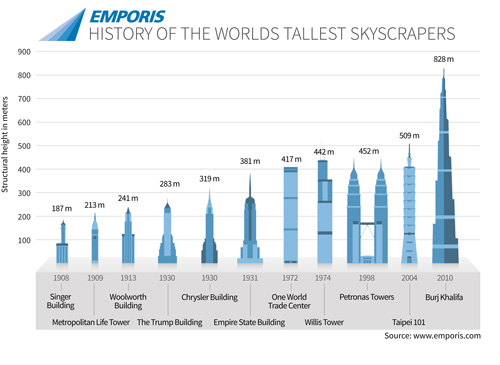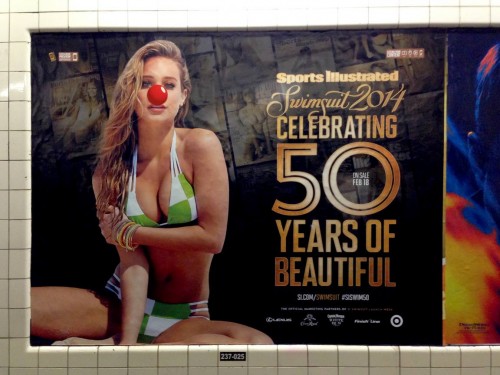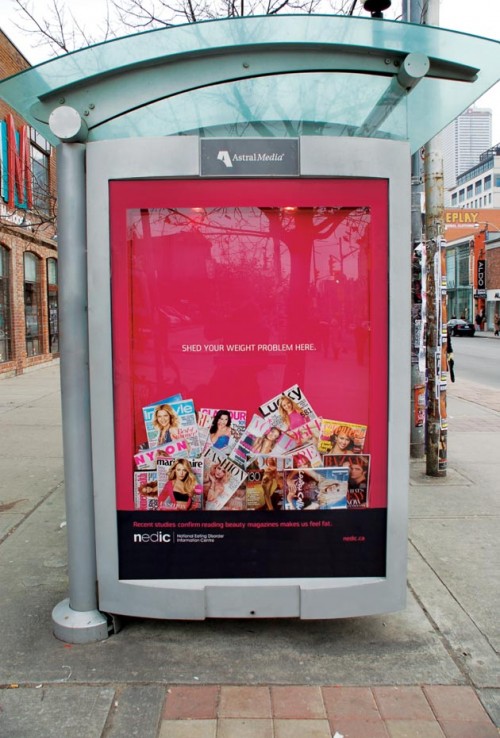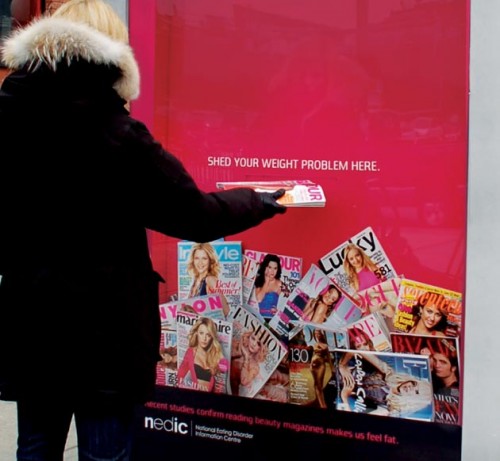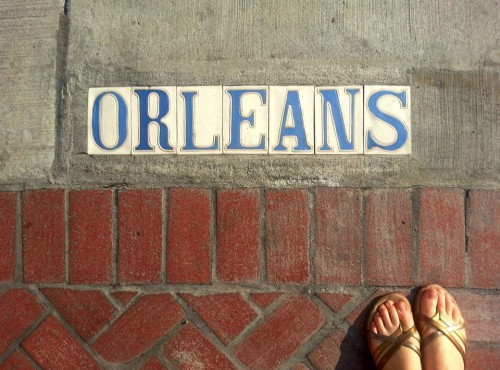It’s Love Your Body day! Below is a Hall of Fame and a Hall of Shame. The second set of posts reveal just what we’re up against, but the first set is a salve, a celebration of all of our beautifully diverse and interesting bodies.
You choose what will amp you up today, but don’t miss this year’s SocImages Pick: Rachel Wiley offers 10 Honest Thoughts About Being Loved by a Skinny Boy.
The Hall of Fame
- American Able: Challenging Depictions of People with Disabilities
- Disabled Bodies and Ableist Acceptance
- Is Walking Over-Rated?
- 10 Honest Thoughts About Being Loved by a Skinny B0y
- A Fashion Advice Counterfactual
- The Privilege of Assuming Its Not About You
- Louis C.K. on Assortative Mating
- The Story of My Man Boobs
- Shed Your Weight Problem
- Fat People Can Be As Healthy As Thin People
- Imaging Barbie’s Fantastic Proportions
- All Fruit is Sweet
- Glamour Uses “Plus-Sized” Models, and People Love It!
- Reclaiming the “Before” Body (NSFW)
- Rebellyon
- Defining Fat
- Kjerstin Gruys on The Colbert Report and a Year of No Mirrors
- Re-imagining Barbie: Villain or Victim?
- Men Throwing Like a Girl: Separating Nature from Nurture
- Half-Drag Portraits and the Performance of Gender
- What Makes a Body Obscene?
- Do Cartoons Have to Exaggerate Gender Difference?
- Breasts, Chests, and Double Standards
- Resistance to Objectifying Advertising
- Men’s and Women’s Ideal Female Bodies
- The Relationship Between Sex Appeal and Sexual Objectification
- How Vulvas Vary (NSFW)
- Normalizing Normal Breasts (NSFW)
- Nudes, Then and Now
- Dark Girls: Race, Beauty, and Bias
- Race and the Problem with Measuring Beauty Objectively
- Indian Americans Respond to Skin Whitening
- Kids’ Thoughts about Skin Color and Beauty
The Hall of Shame
- Jell-O Promises Decadence, Delivers Coercive Dieting
- Re-Touching the Consequences of Extreme Thinness
- Novels About Non-Thin Women Put Thin Women on their Covers
- How To Undermine a Body-Acceptance Message
- From K-Fed to K-Fat: Policing the Bodies of Male Celebrities
- The Jennifer Love Hewitt Bikini Controversy
- Conflating Fat with Unhealthy
- Zappos: Fits For Every Body Type… or Something
- The Hierarchy of Race and Size in a Dove Ad
- Shame & Pity: Headless Obesity vs. Pitiful Starvation
- New Obesity Campaign Rife with Fat Shaming
- The Marilyn Meme
- 100% of Your Body Fat Should Be In Your Boobs
- Gillette, Stymied by Beards, Heads South
- The U.S. Army Releases Racially Biased Hairstyle Regulations
- (Hairy) Ball Bashing
- Your Hairy Legs Could Be Mass Murderers Even Now
- “Normal” vs “Abnormal” Hair and Skin
- PETA Attacks Pubic Hair
- Gingerism
- Lightness as Symbolic Capital: Fair Skin in Marital Ads
- Multinational Corporations and the Cultivation of Colorism
- “Normal” vs “Abnormal” Hair and Skin
- The Hierarchy of Race and Size in a Dove Ad
- Apparently We Need to Dye Women’s Genitals Pinker
- Are You Working Hard Enough to Achieve Your Natural Body?
- KY Mocks Women’s Lust and Men’s Bodies
- Wrinkle-Washed: Female Faces in Film Marketing
- On the Sexualized Insult (Not for the Faint of Heart)
- “I Hate Your Friend, so I Stuck My Dick in Her Water Bottle”
- Wrinkle-Washed: Female Faces in Film Marketing
- 1950s Beauty Pageant Judging Guidelines
- Women’s Parts as Urinals and Sinks
- Hands and the Gender Binary
- Women as Food
- How Ratings Boards are Driving Genital Cosmetic Surgery
- Dozens of Products Made to Look Like Boobs
- Keeping “It” Lady-Like: Avoiding Camel Toe
- An Entitlement to Female Beauty: Criticism of Female Body Builders
- Sexual Dimorphism and World of Warcraft
- Sexy According to Victoria’s Secret
- Your Ass: A Very Important Thing on Your Wedding Day
- Behind the Perfect Body: Models and Body Builders (pictured)
- Media Depictions of Trans-People as Bodies Only
- How Not to Personify the Opposing Team
- Why Male Pregnancy Matters
- Heightism in Advertising
- Height Norms and Framing the Shot
- Perceptions of Tall and Short Men
- Heightist Hooters Ad
- Gender and Heightism
Lisa Wade, PhD is an Associate Professor at Tulane University. She is the author of American Hookup, a book about college sexual culture; a textbook about gender; and a forthcoming introductory text: Terrible Magnificent Sociology. You can follow her on Twitter and Instagram.

